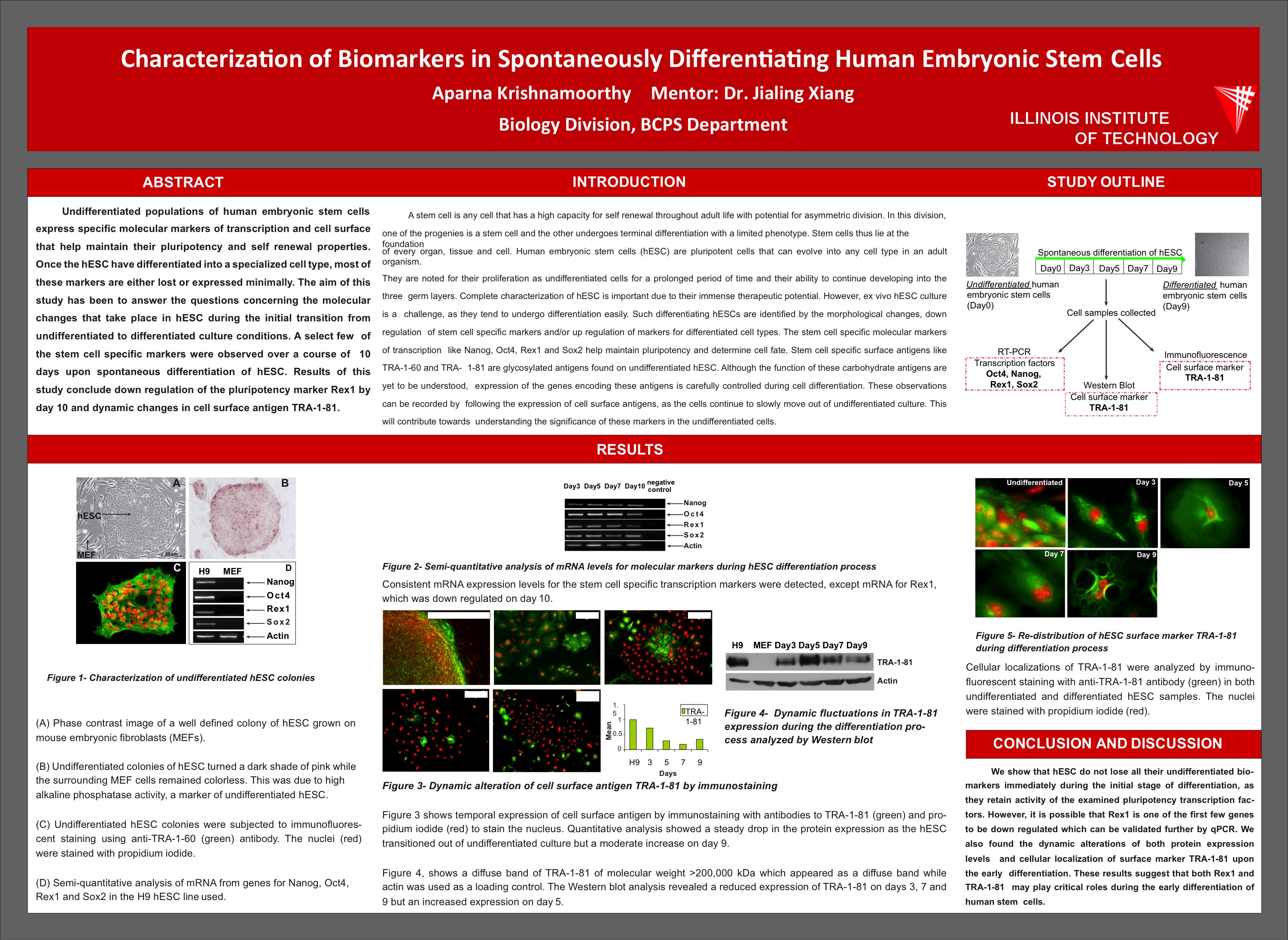The changes in human embryonic stem cells
The findings of my Master’s thesis highlighted the process of spontaneous differentiation of human embryonic stem cells and identified factors that can vastly influence the differentiation status of the cells. In addition, my novel approach of picking and reseeding single cells for colony formation and analyzing the cells, established a way to maintain the intactness of the cells and enable a variety of heterogeneous cell populations to be analyzed accurately.
Related publication:
Profiling TRA-1-81 antigen distribution on a human embryonic stem cell
Abstract
Undifferentiated populations of human embryonic stem cells (hESC) express specific molecular markers of transcription and cell surface that help maintain their pluripotency and self renewal properties. Once the hESC have differentiated into a specialized cell type, most of these markers are either lost or expressed minimally. The aim of this study has been to answer the questions concerning the molecular changes that take place in hESC during the initial transition from undifferentiated to differentiated culture conditions. A select few of the stem cell specific markers were observed over a course of 10 days upon spontaneous differentiation of hESC. Results of this study conclude down regulation of the pluripotency marker Rex1 by day 10 and dynamic changes in cell surface antigen TRA-1-81.
